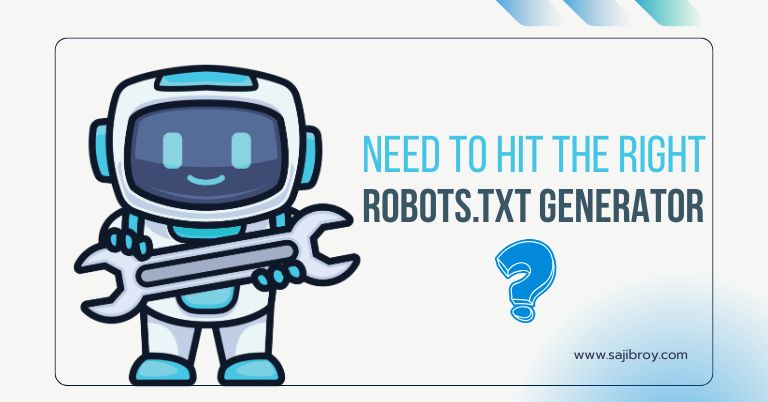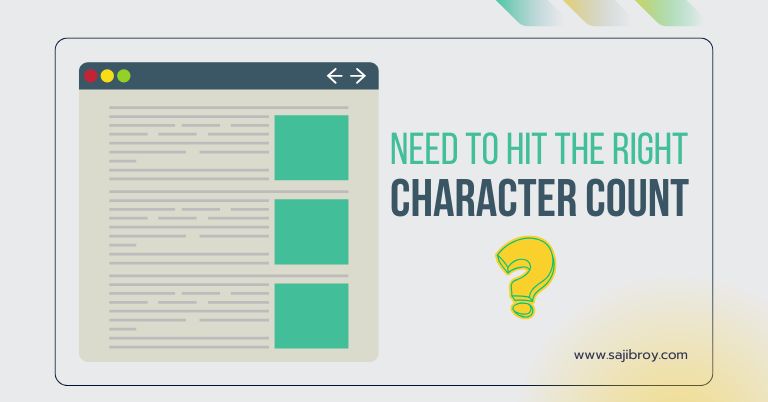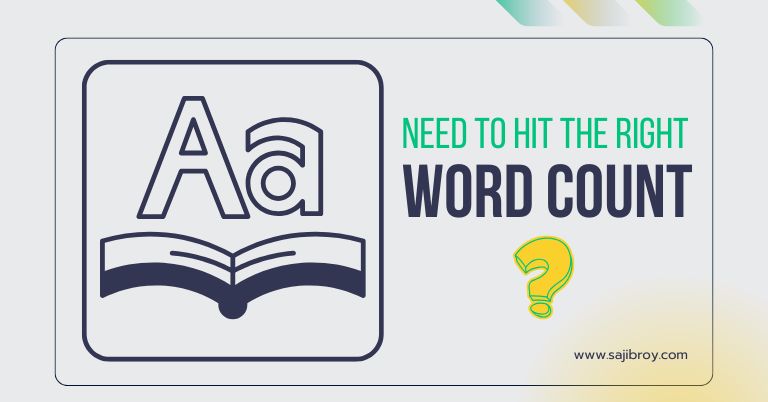A performance planner can serve your business in a number of ways. They can help you set goals and objectives, track progress, and identify areas where improvement is needed. They can also provide feedback and recommendations to help you improve your overall performance.
The Performance Planner is like having a GPS for your company’s success,
providing valuable insights and data-driven recommendations to steer you in the right direction toward improved performance and increased revenue.
By working with a performance planner, you can ensure that your business is operating at its best.
As a business owner, you are always looking for ways to improve your bottom line. One way to do this is to invest in a performance planner. A performance planner can help you track your progress and identify areas where you need to make changes.
For example, let’s say that you want to increase your sales by 10% this year. You can use a performance planner to track your progress and see if you are on track to reach your goal. If you find that you are behind schedule, you can make adjustments to your marketing or sales strategies.
- What can the Performance Planner Recommend?
- How Can Google Ads Help You Advance Your Business Goals?
- What Is Affiliate Marketing – A Free Virtual Event
A performance planner can also help you identify problems with employee productivity. If you notice that certain employees are not meeting their targets, you can take steps to address the issue. Maybe they need more training or perhaps there is a problem with their work environment.
By identifying these issues early, you can avoid costly mistakes down the road. In short, a performance planner can be a valuable tool for any business owner who wants to improve their bottom line. Investing in one could be the best decision you ever make!
Let's See the Topic Overview
How Can Performance Planner Serve Your Business?
The Performance Planner provides valuable insights into employee performance, making it possible for organizations to make informed decisions about employee training and development. Let’s discuss how the Performance Planner can serve your business and provide an example to illustrate its use.
- Performance Tracking: The Performance Planner provides real-time data on employee performance, making it easy for businesses to track progress towards goals and objectives. This data can be used to identify areas where employees are excelling and areas where they need additional support.
- Better Employee Development: The Performance Planner provides data-driven recommendations for employee training and development, helping organizations to provide the necessary support to help employees meet their goals. This can lead to improved employee performance and increased job satisfaction.
- Goal Setting: The Performance Planner can help businesses to set SMART goals and objectives for employees, making it easier to track progress and evaluate performance.
- Performance Feedback: The Performance Planner provides performance feedback to employees, making it easier for businesses to provide constructive feedback and help employees understand their strengths and weaknesses.
- Improved Performance Planning: The Performance Planner provides real-time data on employee performance, making it easier for organizations to create and implement effective performance plans. This data can be used to identify areas where employees are excelling and areas where they may need additional support.
- Increased Productivity: By providing real-time data on employee performance, the Performance Planner can help organizations to identify areas where productivity is low and make data-driven recommendations for improvement. This can lead to increased productivity and better overall performance.
Example:
Consider a marketing department in a company that has a goal to increase website traffic by 20% in the next quarter. The manager uses the Performance Planner to track each marketing specialist’s progress toward this goal. The tool provides data on the number of website visitors, the conversion rate of visitors to customers, and the average time spent on the website.
At the end of the quarter, the manager can use this data to evaluate the performance of each marketing specialist and identify areas where they may need additional training or support. For example, if one specialist has a lower conversion rate compared to the others, the manager may provide them with additional training on how to optimize the website for conversion.
In conclusion, the Performance Planner is a valuable tool for businesses looking to manage and evaluate employee performance. By providing real-time data on employee performance, making data-driven recommendations for improvement, and providing performance feedback, it helps organizations to make informed decisions about employee training and development and to provide the necessary support to help employees meet their goals.
How Does the Performance Planner Help Your Company?
Performance planning is an essential aspect of running a successful business. It is a process where organizations set performance goals, evaluate the progress of employees toward achieving these goals and provide feedback and support to help them meet the targets.
The Performance Planner is the roadmap
to organizational excellence, providing real-time data and actionable insights for continuous performance improvement and increased success.
One tool that can help organizations in performance planning is the Performance Planner. Let’s discuss how the Performance Planner can benefit your company and see an example to illustrate its use.
The Performance Planner allows managers to track employee performance in real time and make data-driven decisions based on the data collected. The Performance Planner also helps managers to identify areas where employees need additional training or support to achieve their goals and provides suggestions on how to address these areas.
Top 5 Ways: How Does the Performance Planner Help Your Company?
- Improved Goal Setting: The Performance Planner allows managers to set specific, measurable, achievable, relevant, and time-bound (SMART) goals for their employees. This helps to ensure that all employees have a clear understanding of their role in the company and what is expected of them.
- Better Tracking of Employee Progress: The Performance Planner provides managers with real-time data on how employees are progressing toward their goals. This helps managers to identify areas where employees may be struggling and provide them with the support they need to improve their performance.
- Enhanced Communication: The Performance Planner provides a platform for managers and employees to communicate about their progress towards goals. This allows for open and transparent conversations about performance and helps to foster a positive work environment.
- Improved Decision Making: With the Performance Planner, managers can make data-driven decisions about employee performance. This helps to ensure that all decisions are based on accurate and up-to-date information, rather than assumptions or gut feelings.
- Increased Employee Motivation: The Performance Planner helps employees to see their progress toward their goals and provides them with the feedback and support they need to improve. This increased level of engagement can lead to increased motivation and improved performance.
Example
Consider a sales department in a company where each employee has a goal to increase their sales by 10% in the next quarter. The manager uses the Performance Planner to track each employee’s progress toward this goal. The tool provides data on the number of sales made by each employee and the total value of these sales.
At the end of the quarter, the manager can use this data to evaluate each employee’s performance and identify areas where they may need additional training or support. For example, if one employee has only achieved a 5% increase in sales, the manager may provide them with additional training on how to close more deals.
In conclusion, the Performance Planner is a powerful tool that can help companies to improve their performance planning processes. By providing real-time data on employee performance, it allows managers to make informed decisions, communicate more effectively with employees, and increase overall employee motivation and performance.
Which Two Advantages Does Performance Planner Offer?
Performance Planner is a tool that allows you to see how your ad campaigns are performing and identify areas where you can improve. It offers two key advantages:
- Performance data: Performance Planner provides detailed performance data for your ad campaigns, including impressions, clicks, cost per click (CPC), and conversion rate. This data can help you identify which campaigns are performing well and which need improvement.
- Recommendations: In addition to providing performance data, Performance Planner also offers recommendations on how to improve your ad campaigns. These recommendations are based on best practices from Google and our team of experts.
What Can the Performance Planner Recommend?
The Performance Planner is a great tool that can help you identify areas where you need to focus your attention in order to improve your performance. It can also recommend specific exercises and activities that can help you reach your goals.
Let’s discuss what types of recommendations the Performance Planner can make and provide an example to illustrate its use.
- Goals and Objectives: The Performance Planner can recommend specific, measurable, achievable, relevant, and time-bound (SMART) goals and objectives for employees based on their roles and responsibilities within the organization.
- Training and Development: The Performance Planner can recommend training and development programs for employees based on their performance data. For example, if an employee is struggling to meet their sales targets, the Performance Planner may recommend a sales training program.
- Performance Improvement Strategies: The Performance Planner can recommend performance improvement strategies for employees who are struggling to meet their goals. For example, if an employee is struggling with time management, the Performance Planner may recommend a time management course or suggest ways to prioritize tasks more effectively.
- Performance Feedback: The Performance Planner can provide feedback to employees on their performance, including areas where they are excelling and areas where they need to improve. This feedback can help employees to understand their strengths and weaknesses and make the necessary changes to improve their performance.
Example:
Consider a customer service department in a company where each employee has a goal to decrease customer wait time by 10% in the next quarter. The manager uses the Performance Planner to track each employee’s progress toward this goal. The tool provides data on the average wait time for each customer service representative and the number of customer complaints received.
At the end of the quarter, the manager can use this data to evaluate each employee’s performance and identify areas where they may need additional support. For example, if one employee has an average wait time that is significantly higher than the others, the Performance Planner may recommend a training program on how to handle calls more efficiently.
In conclusion, the Performance Planner is a valuable tool for organizations looking to improve their performance planning processes. By providing recommendations based on real-time performance data, it helps managers to make informed decisions about employee training and development and to provide the necessary support to help employees meet their goals.
What Does Performance Planner Automatically Do?
If you’re a manager, chances are you’ve created a performance plan for one of your direct reports at some point. Performance plans detail what an employee is responsible for and how their performance will be evaluated. But what if there was a tool that could automatically create performance plans for you?
Enter: Performance Planner. This tool takes the guesswork out of creating performance plans by automatically creating them based on an employee’s job description. Plus, it includes built-in recommendations on how to improve an employee’s performance.
So how does it work? First, you’ll need to input an employee’s job description into the tool. Then, Performance Planner will analyze the job description and generate a list of objectives and goals that should be included in the performance plan.
From there, you can customize the objectives and goals to fit your specific needs. And that’s it! In just a few minutes, you’ll have a complete performance plan ready to go.
If you’re looking for a way to streamline the process of creating performance plans, then Performance Planner is definitely worth checking out.
In-Market Audiences Would Be Suited to Reach Which User
As the name suggests, in-market audiences are people who are actively researching or considering products and services in a particular market. This makes them ideal candidates for targeted advertising, as they’re more likely to be interested in what you have to say than those who aren’t actively considering your product. There are a few different ways to target in-market audiences.
One is through Google AdWords, which allows you to target people based on the keywords they’ve been searching for. Another is through Facebook’s Custom Audiences feature, which lets you target people based on their activity on your website or app. In general, in-market audiences are going to be more valuable to reach than other groups of users because they’re closer to making a purchase decision.
However, it’s important to make sure that your message is relevant to their needs and interests; otherwise, you risk coming across as spammy or intrusive.
What Content Could Be Used for a Structured Snippet Extension?
If you’re looking to add a structured snippet extension to your Google Ads, you have a few different options for content. Here are some ideas:
- Products: If you sell products, you can use the structured snippet extension to list out some of your top offerings. This is a great way to give potential customers a quick overview of what you have to offer and can help them make a decision about whether or not to click on your ad.
- Services: If you provide services, you can use the structured snippet extension to highlight some of your most popular offerings. This is a great way to let potential customers know what they can expect from working with you and can help them make a decision about whether or not to click on your ad.
- Locations: If you have multiple locations, you can use the structured snippet extension to list them all out. This is a great way to let potential customers know where they can find you and can help them make a decision about whether or not to click on your ad.
- Team members: If you have an extensive team, you can use the structured snippet extension to list of some of your key team members. This is a great way to show off your credentials and experience and can help potential customers feel more comfortable doing business with you.
With Dynamic Search Ads, What Does the Advertiser Provide?
Dynamic Search Ads are a type of Google Ad that allows advertisers to target potential customers based on the content of their website, rather than keywords. This makes it easier for businesses to reach people who are already interested in what they have to offer. All the advertiser needs to provide is a website and some basic information about their business, and Google will do the rest.
One of the great things about Dynamic Search Ads is that they can be very targeted. For example, if you sell women’s clothing, your ad could appear when someone searches for “dresses” or “women’s fashion.” And because you only pay when someone clicks on your ad, you don’t have to worry about wasting money on ads that no one will ever see.
If you’re thinking about using Dynamic Search Ads for your business, we suggest starting with a small budget and testing different strategies until you find what works best for you.
Why is Using the Performance Targets Feature After Utilizing the Performance Planner Recommended?
If you’ve been using the Performance Planner feature in Google Ads, you may have noticed that there’s also a “Performance Targets” feature. You may be wondering why it’s recommended to use both features together.
Here’s why: The Performance Planner comes up with estimated changes to your campaign based on past performance and goals that you set.
However, these estimates are just that – estimates. They’re not guaranteed results. The Performance Targets feature allows you to set specific targets for key metrics like impressions, clicks, and conversion rates.
These targets are based on historical data from your account, so they’re more likely to be achievable than the estimates from the Performance Planner. By using both features together, you can get a realistic picture of what changes need to be made to your campaigns in order to reach your desired goals.
What is One Way That Performance Planner Helps Businesses Increase Sales?
One of the main goals of any business is to increase sales and improve revenue. The Performance Planner is a tool that can help businesses achieve this goal by providing valuable insights into employee performance and making data-driven recommendations for improvement. In this article, we will discuss one way that the Performance Planner helps businesses increase sales and provide an example to illustrate its use.
One Way That Performance Planner Helps Businesses Increase Sales:
Identifying Sales Trends: The Performance Planner provides real-time data on sales trends, including the number of sales made, the total value of these sales, and the conversion rate of leads to sales. This data can be used to identify areas where sales are strong and areas where there is room for improvement.
Example:
Consider a sales department in a company that sells a product to businesses. The sales team has a goal to increase the number of sales by 10% in the next quarter. The manager uses the Performance Planner to track each sales representative’s progress toward this goal. The tool provides data on the number of sales made by each representative and the total value of these sales.
At the end of the quarter, the manager can use this data to evaluate the performance of each sales representative and identify areas where they may need additional training or support. For example, if one representative has a lower number of sales compared to the others, the manager may provide them with additional training on how to close more deals.
In conclusion, the Performance Planner is a valuable tool for businesses looking to increase sales. By providing real-time data on sales trends and making data-driven recommendations for improvement, it helps organizations to make informed decisions about employee training and development and to provide the necessary support to help employees meet their goals. This can lead to increased sales, improved revenue, and better overall performance.
Conclusion
A performance planner can help your business in a number of ways. They can help you set goals and objectives, track progress, and identify areas where improvement is needed. They can also help you develop training and development plans to ensure that your employees have the skills they need to be successful.
In addition, a performance planner can also serve as a resource for information and advice when you’re facing business challenges. Overall, a performance planner can be a valuable asset to any business.
Keep Learning With Sajib Roy












